Yoga for Runners
Katie Hyzl, Master of Arts (Environmental Leadership, Naropa University), Licensed Massage Therapist, Certified Yoga Teacher; Kaiser Permanente Centers for Complementary Medicine
Some content inspired by and provided by other resources – Credited accordingly below
A regular yoga practice can be an invaluable tool to you as you train for your upcoming race. A simple yoga routine can be an excellent way to prevent injury, cultivate connection to breath and to balance the repetitive motion of running on joints and tissues. Simply put: yoga helps you train smarter for your marathon.
Yoga also helps the practitioner to cultivate mindfulness and breath awareness in the body. The more mindful you are of your body and aware of your proprioception, the less likely you are to push yourself out of balance and into injury. Additionally, a vinyasa practice (a ‘flowing’ yoga practice) can be a highly effective way to optimize your body function and efficiency as you learn how to sync your movements with your breath, much like you do while racking up miles.
Long hours pounding the pavement are going to put a good amount of wear and tear on your body. Incorporating simple postures that focus on cultivating strength, stability and opening in the hips, IT bands ankles and feet will help keep your body supple, strong yet flexible and ultimately, pain-free.
Below is a simple practice to help you find balance and restoration during your marathon training. Practice this 2-3 to week in addition to your training. Good luck out there!
Inspired by http://www.yogajournal.com/category/lifestyle/cross-training/yoga-and-running/
Postures
Begin your practice with several rounds of Sun Salutation A as a warm-up, and as a connection to your breath. Here is a link to the simple flow: http://www.yogajournal.com/video/video/salute-the-sun-modified/
Follow the inhale/exhale patterns with movement (see chart below):
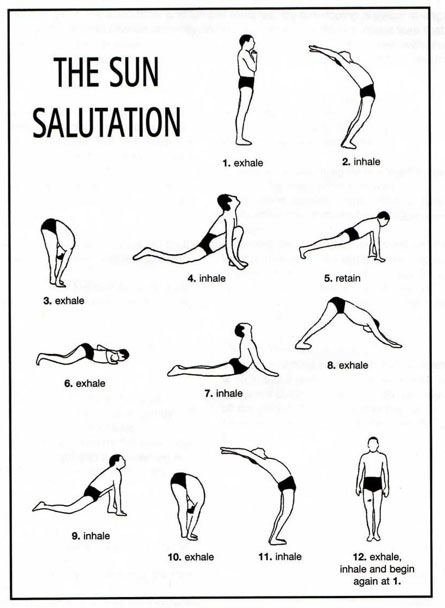
(Source: http://www.beingcontent.com/blog/2012/05/come-clean-michaela-olexova-shares-her-favourite-yoga-detox-pose/)
Static Postures. Hold 1-2 minutes on each side.
Uttanasana
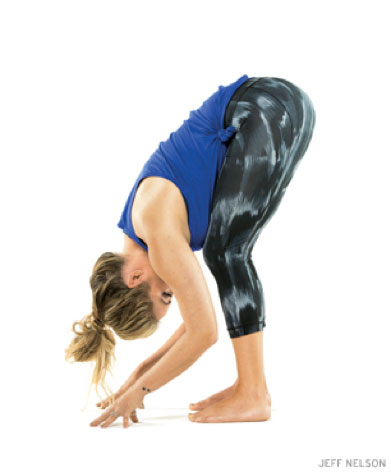
lengthens the lower back and decompresses thoracic and cervical spine. Be sure to keep knees bent if Hamstrings are tight.
Runner’s Lunge Variation
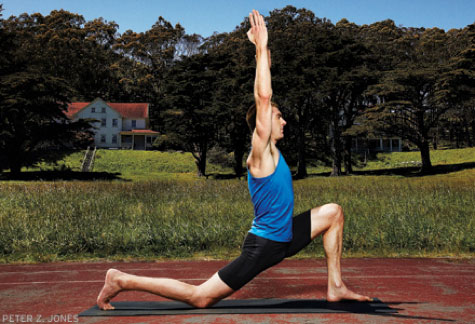
Opens pelvic girdle, psoas and quadriceps. Hands can be placed on thigh, or framing the front foot for additional support.
Vrksasana (Tree pose)
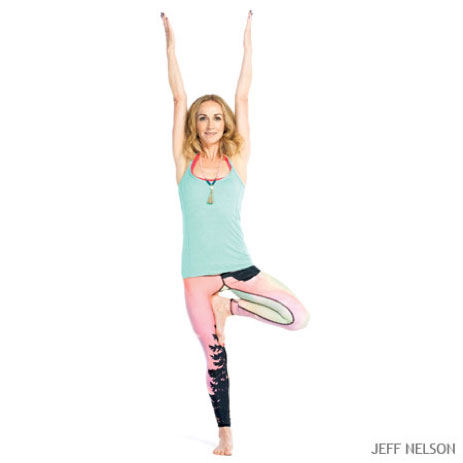
Activates the fast twitch muscles of the lower body, strengthens feet, ankles and knees. Foot can come to the thigh, or the calf, but be sure to avoid placement on the knee.
Supta Badha Konasana
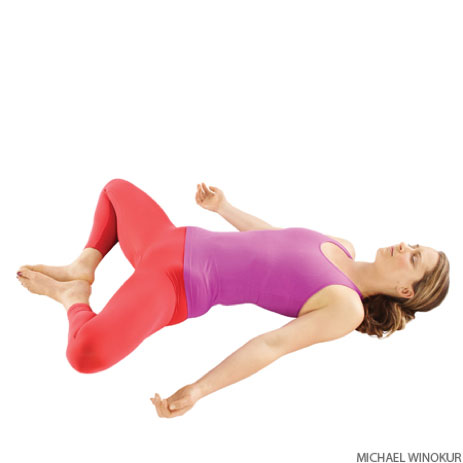
Passive hip opener, lengthens adductors and opens the groin. If this is too much on your hips, place a rolled up blanket on the outside of each knee for extra support.
Supta Padangustasana
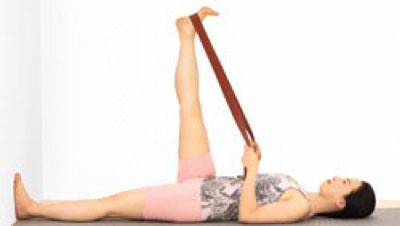
Lengthens hamstrings, re-incorporates femur into the hip socket. If you don’t have a yoga strap, a tie or a belt work just as well
Pigeon
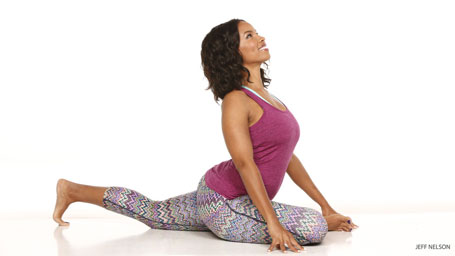
Works deeply into hip flexors, glutes and the IT band. Stay upright (as in the picture) or bring your forehead center to the mat, arms extended forward if you’d like.
Savasana
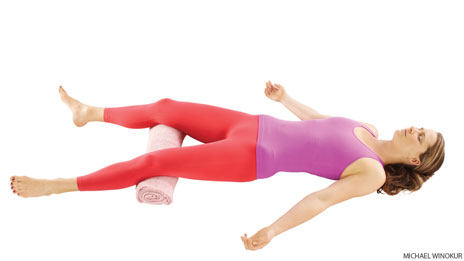
Be sure to end your practice with 5 minutes or so of relaxation. Allow yourself to completely let go and allow your body to integrate the postures you’ve just completed. Place a rolled up blanket or towel under the knees for extra lower back support.
(All pictures are sourced from yogajournal.com)
At the Kaiser Permanente Center for Complementary Medicine, our mission is to provide personalized complementary care with an emphasis on preventive measures, pain reduction, and patient education. We have five locations in the Denver/Boulder metro area dedicated to the treatment methods of chiropractic, acupuncture, and massage. Learn more at http://www.kpccm.org/ or visit us in the Kaiser Permanente booths at the 2016 Kaiser Permanente Colfax Marathon where you can meet some of our providers as well as receive a free, 10-minute massage.



